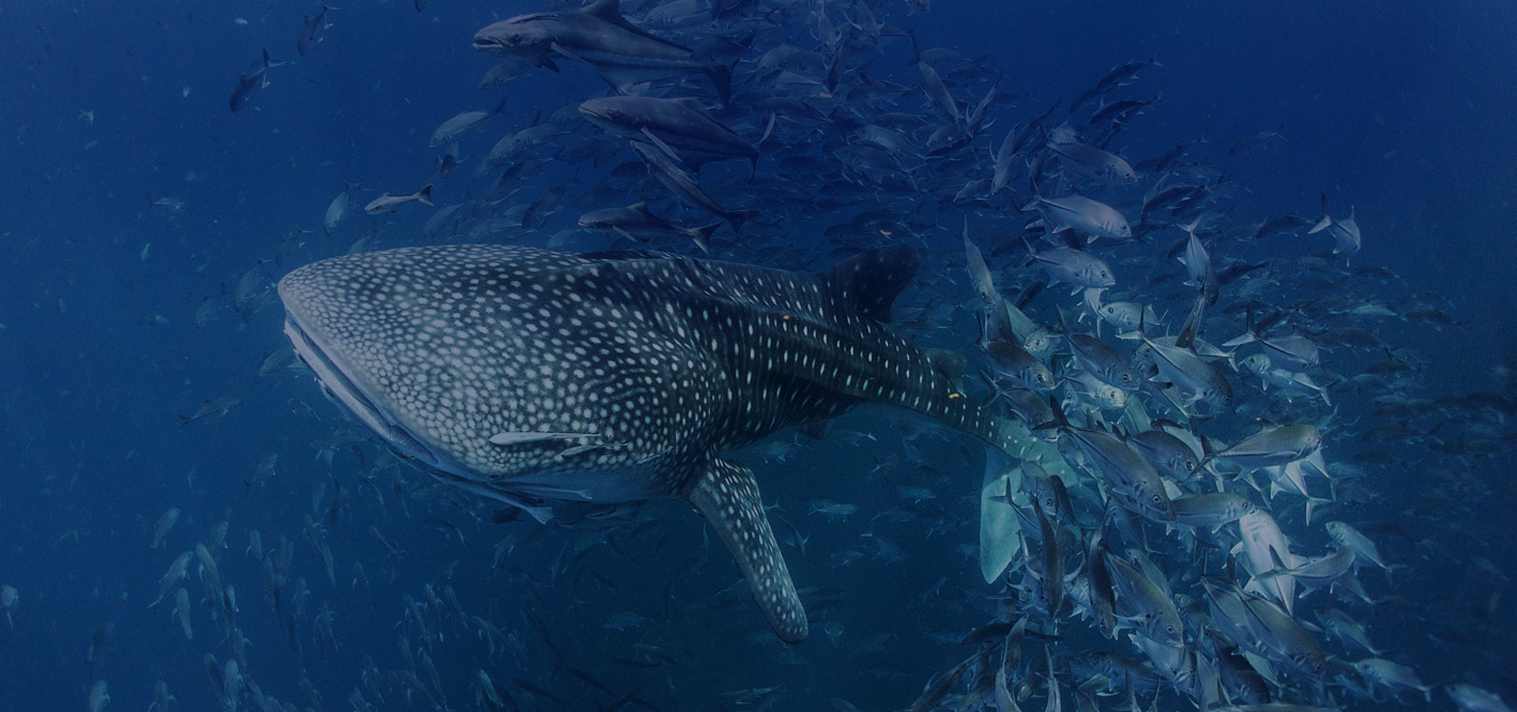The IOCARIBE ANCA Network held a regional workshop to strengthen national capacities in the use of the HAEDAT database, the global platform that records harmful algal bloom (HAB) events. The session provided a practical demonstration on how to enter, edit, and retrieve information, while highlighting the importance of improving the quality and consistency of data reported across the region.

2 décembre 2025
The IOCARIBE Regional ANCA Network hosted a virtual workshop dedicated to the practical use of the HAEDAT database, aiming to support Caribbean countries in the standardized reporting of harmful algal bloom events. The activity brought together national experts who learned about the platform’s key functions, its role within the global HAB information system, and the steps involved in submitting complete and accurate reports.
During the session, participants were guided through the essential components of HAEDAT and engaged in hands-on exercises to practice entering events, understanding mandatory fields, and reviewing data download and verification processes. The workshop also encouraged discussion on regional challenges, including the need for georeferenced information and complete environmental descriptions for each event.
The training emphasized the importance of strong inter-institutional coordination within each country to avoid duplicate entries and ensure continuity in annual reporting. Participants also reviewed recommendations to strengthen the role of national focal points and contribute to a more robust database that supports regional assessments and aligns with the upcoming relaunch of the platform.
IOCARIBE and the ANCA Network will continue working closely with Member States during 2026 to review active users, update access credentials, and support capacity development. This workshop represents an important step toward building a more prepared regional community with stronger tools for understanding and managing HAB events in the Caribbean.
By Alex Palomino
CURRENT NEWS ITEMS
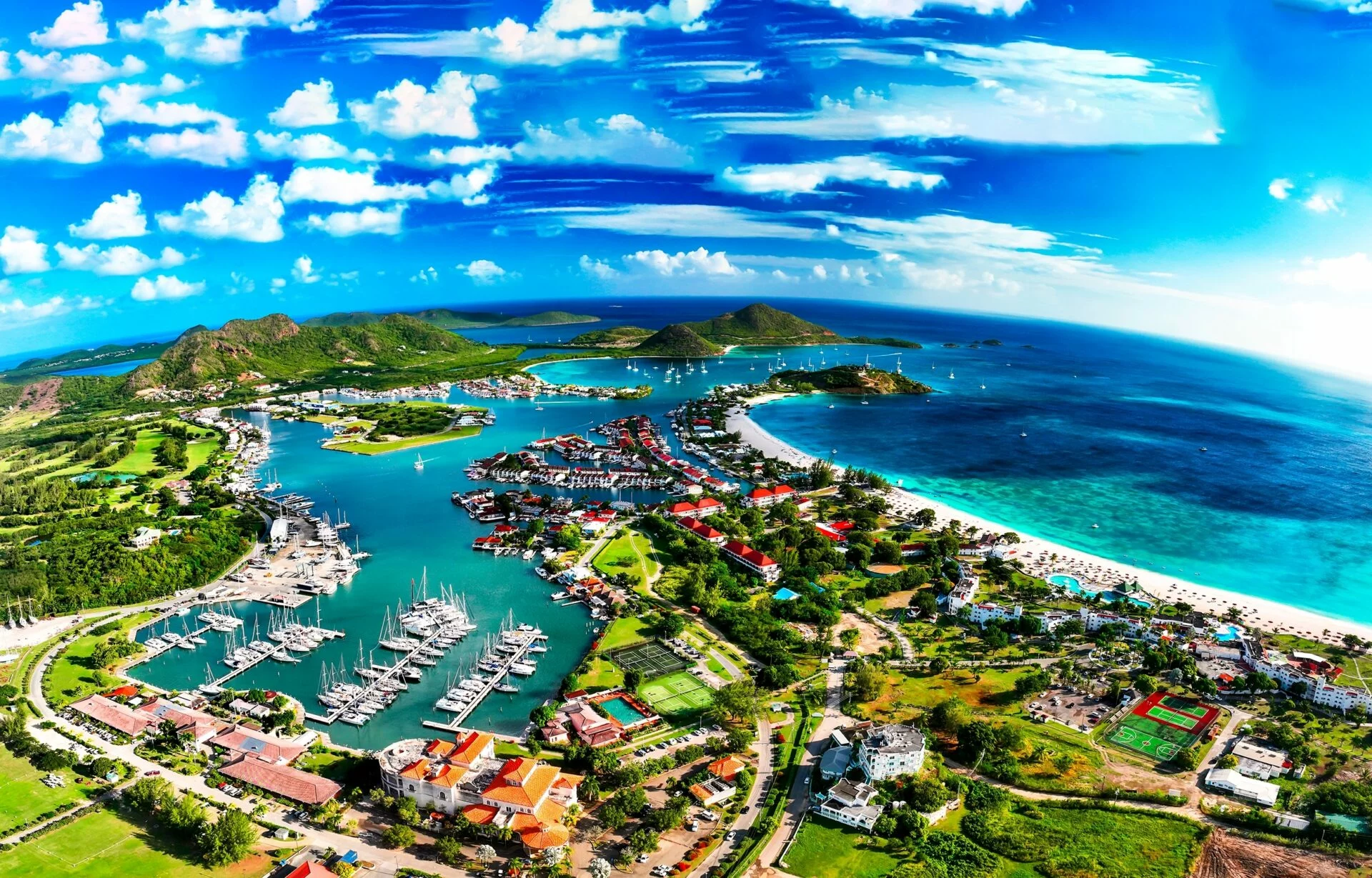
3 juin 2024
Under the theme “Charting the course toward resilient prosperity,” the SIDS4 Conference covered diverse and urgent issues facing SIDS, including climate change…
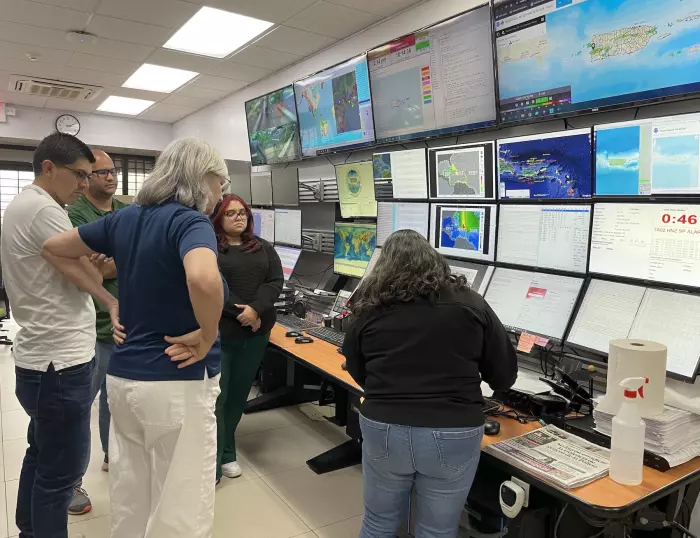
25 avril 2024
At 15:00 UTC, more than 700,000 registered participants took part in the annual exercise organised by UNESCO/IOC…

17 avril 2024
Launched on the heels of the 2024 Ocean Decade Conference, Call for Decade Actions No. 07/2024 aims to fill…

26 février 2024
At the Ocean InfoHUB LAC Node (OIH LAC), a crucial web platform, INVEMAR and IOCARIBE assessed the state of information and agreed on a joint update of the seven…
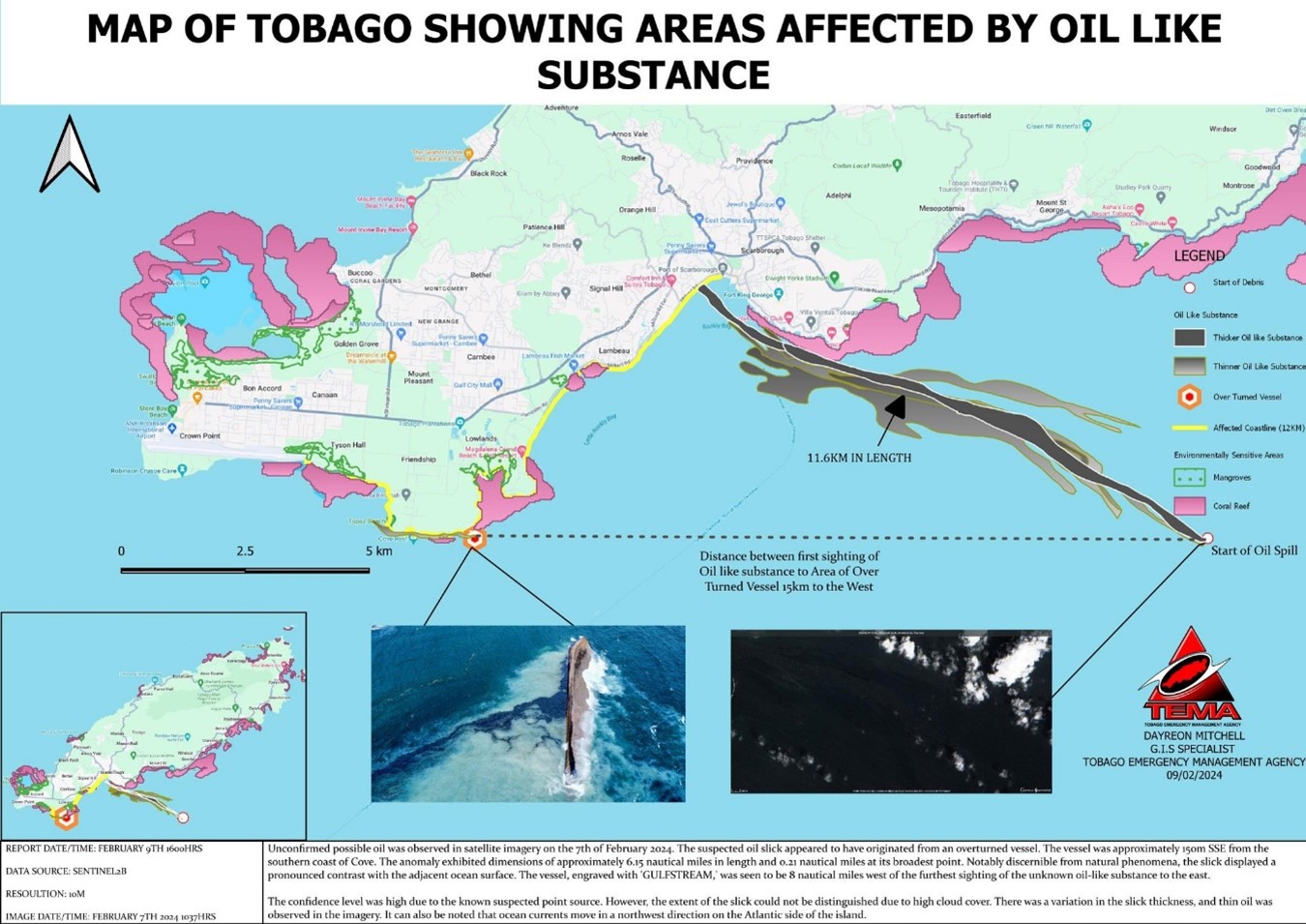
20 février 2024
The strategic collaboration between the IMA and the Ministry of Energy and Energy Industries has borne fruit. Both institutions share monitoring responsibilities on a…
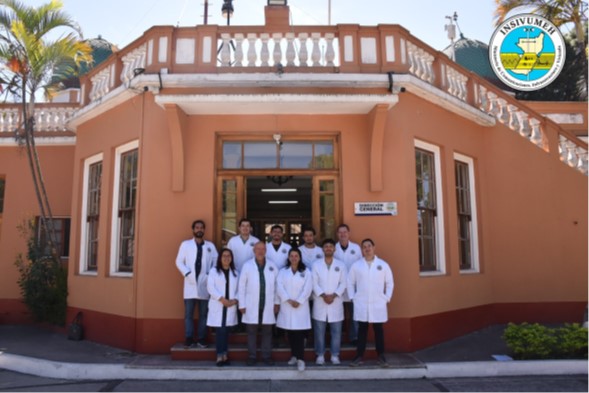
14 février 2024
During the visit of Dr. Yuri Okolodkov from the University of Veracruzana, Mexico, various activities were organized with the aim of disseminating information,…

9 février 2024
This Conference will mark a pivotal moment to celebrate achievements and set joint priorities for the future of the UN Decade of Ocean Science for Sustainable…
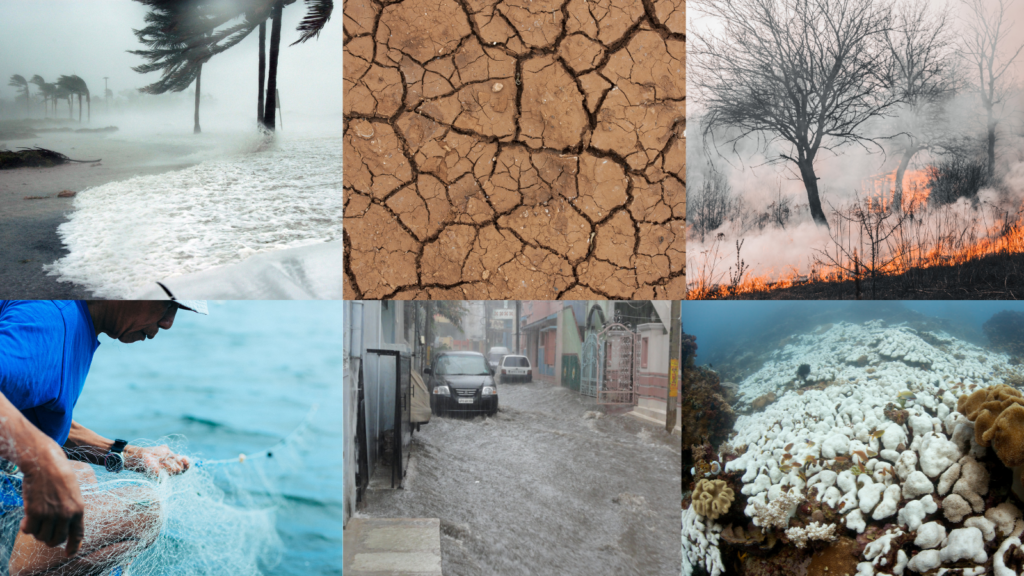
5 février 2024
Carbon dioxide removal strategies
As atmospheric carbon dioxide levels continue to rise due to human activities,…
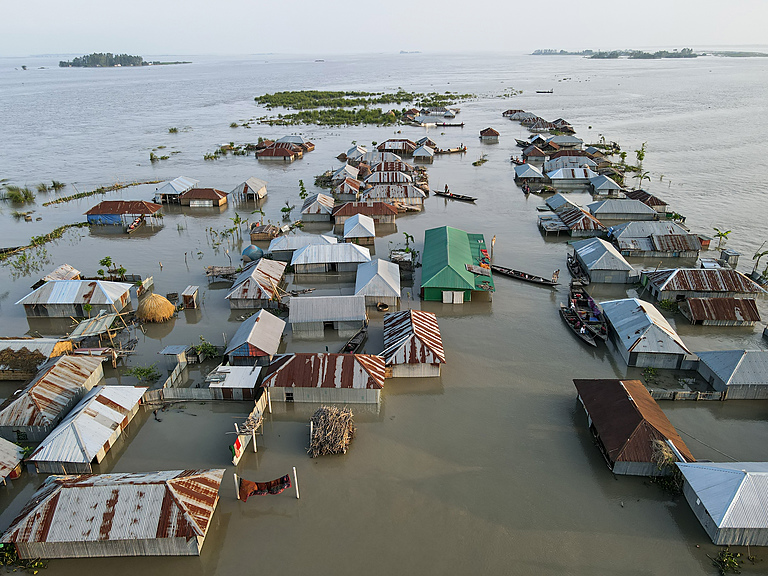
1 février 2024




